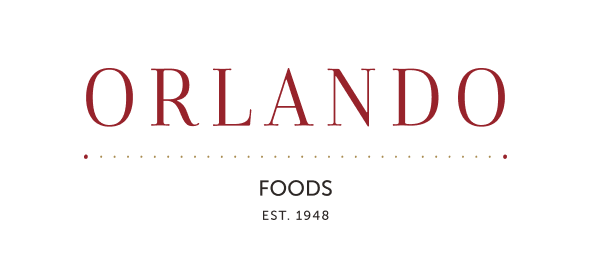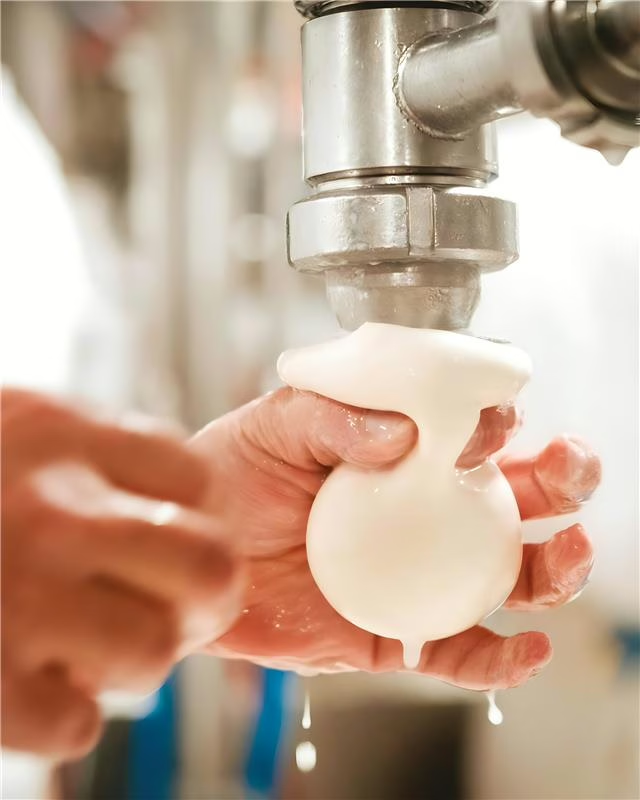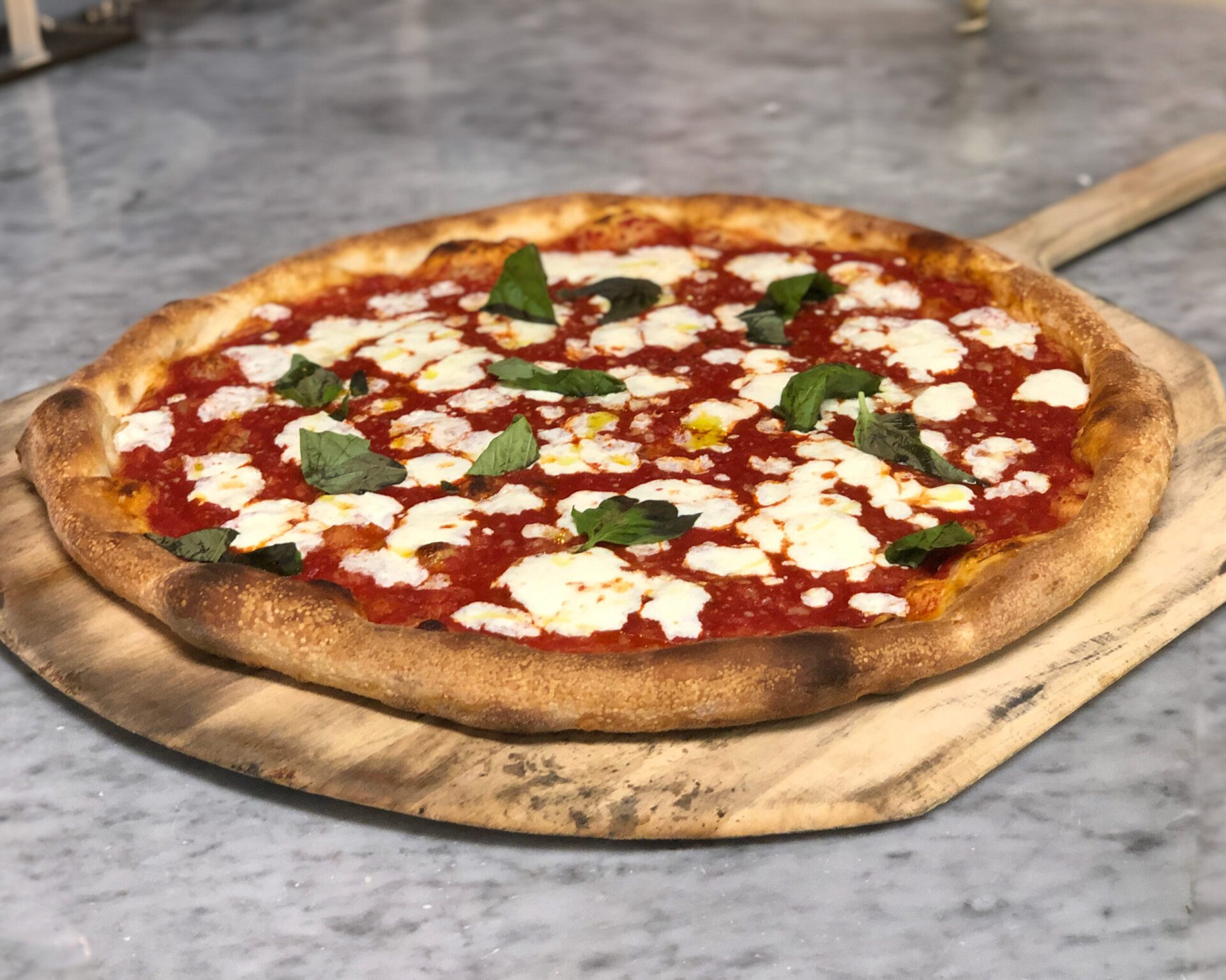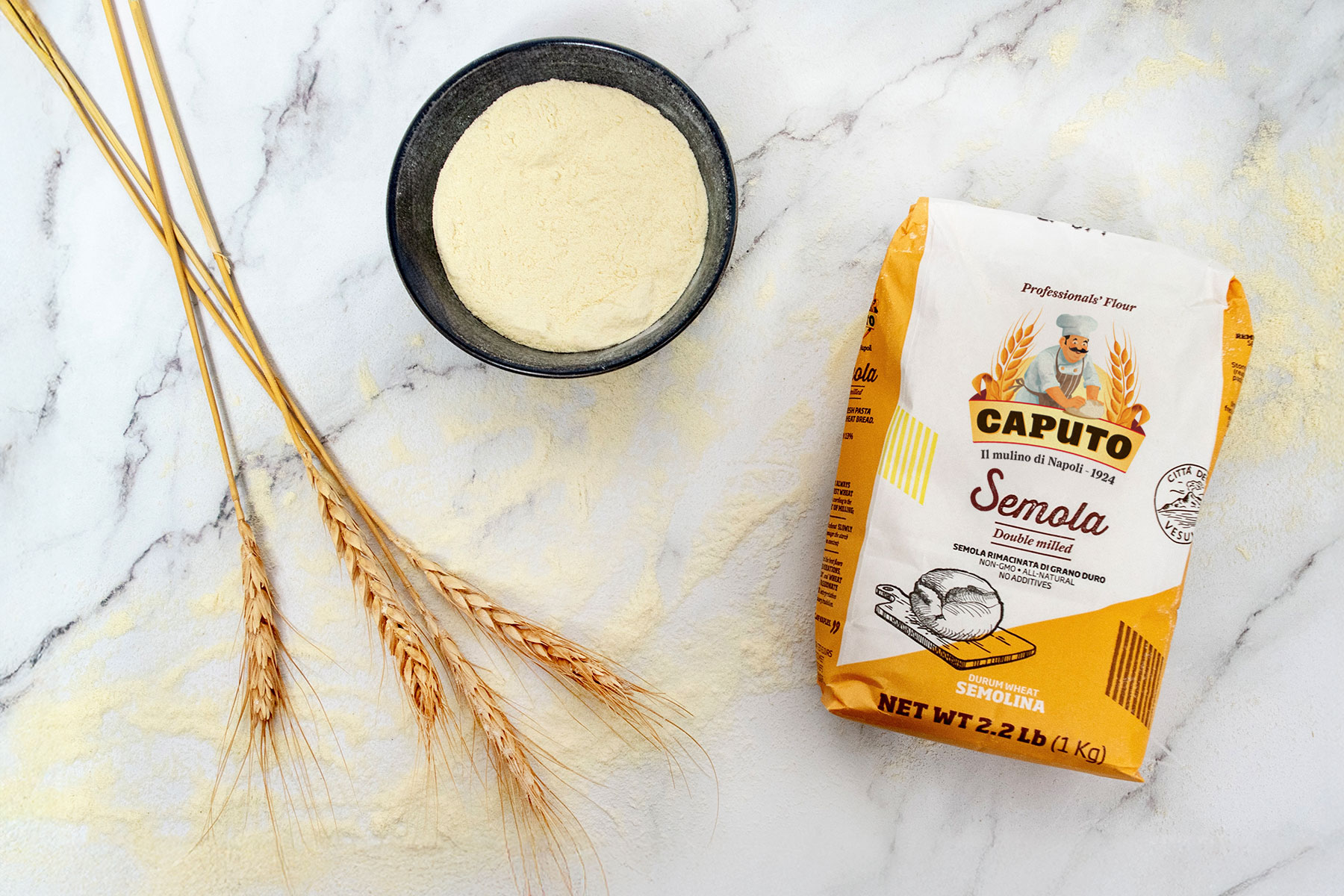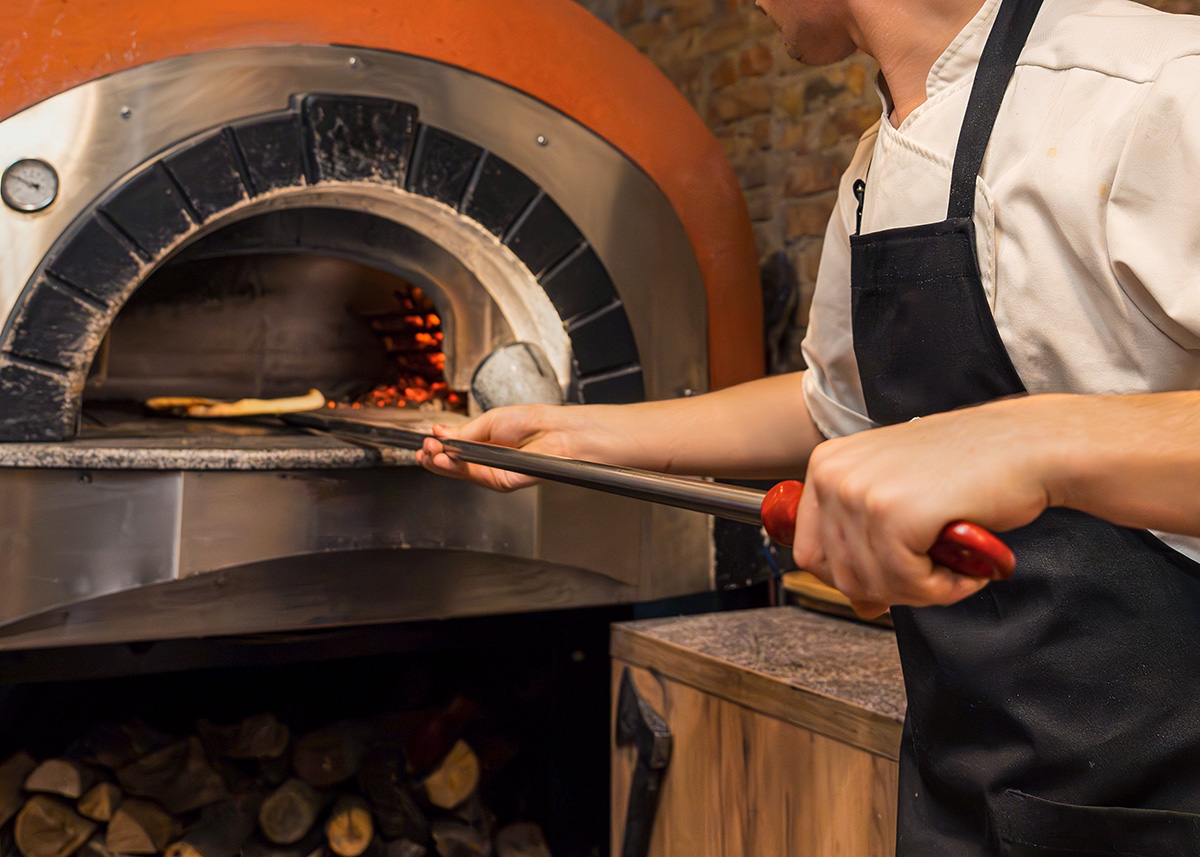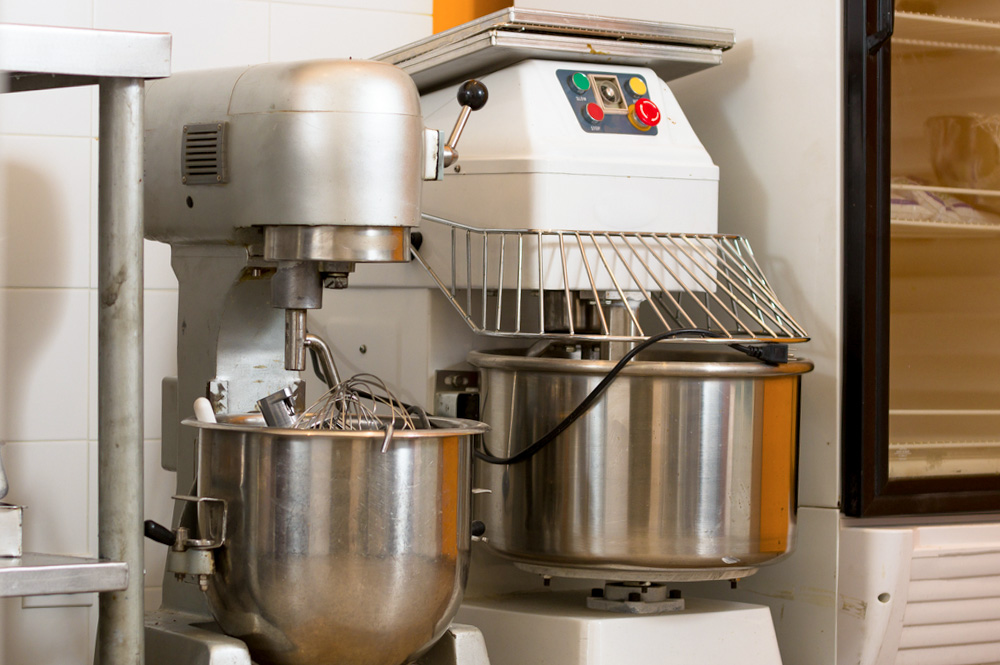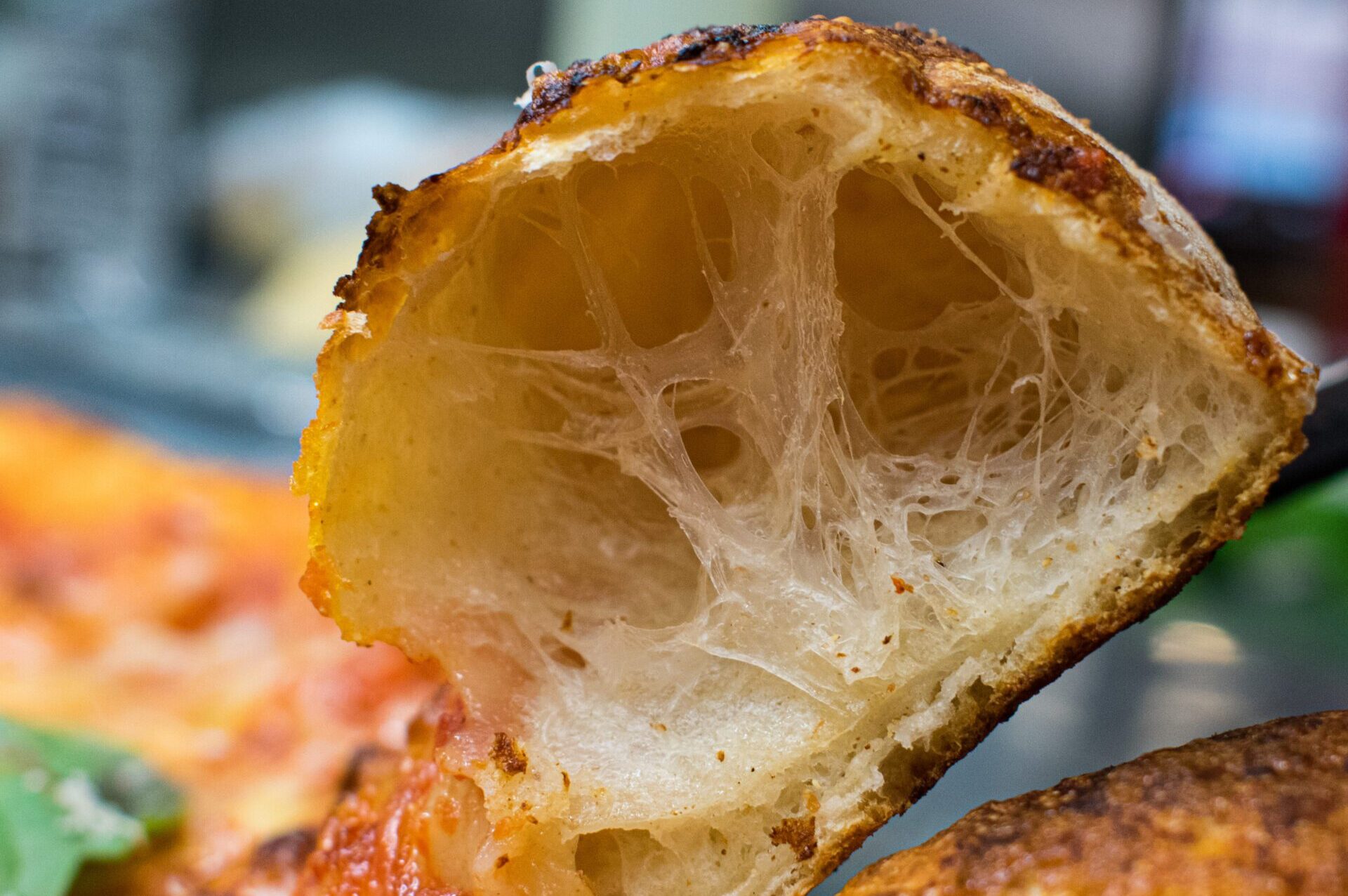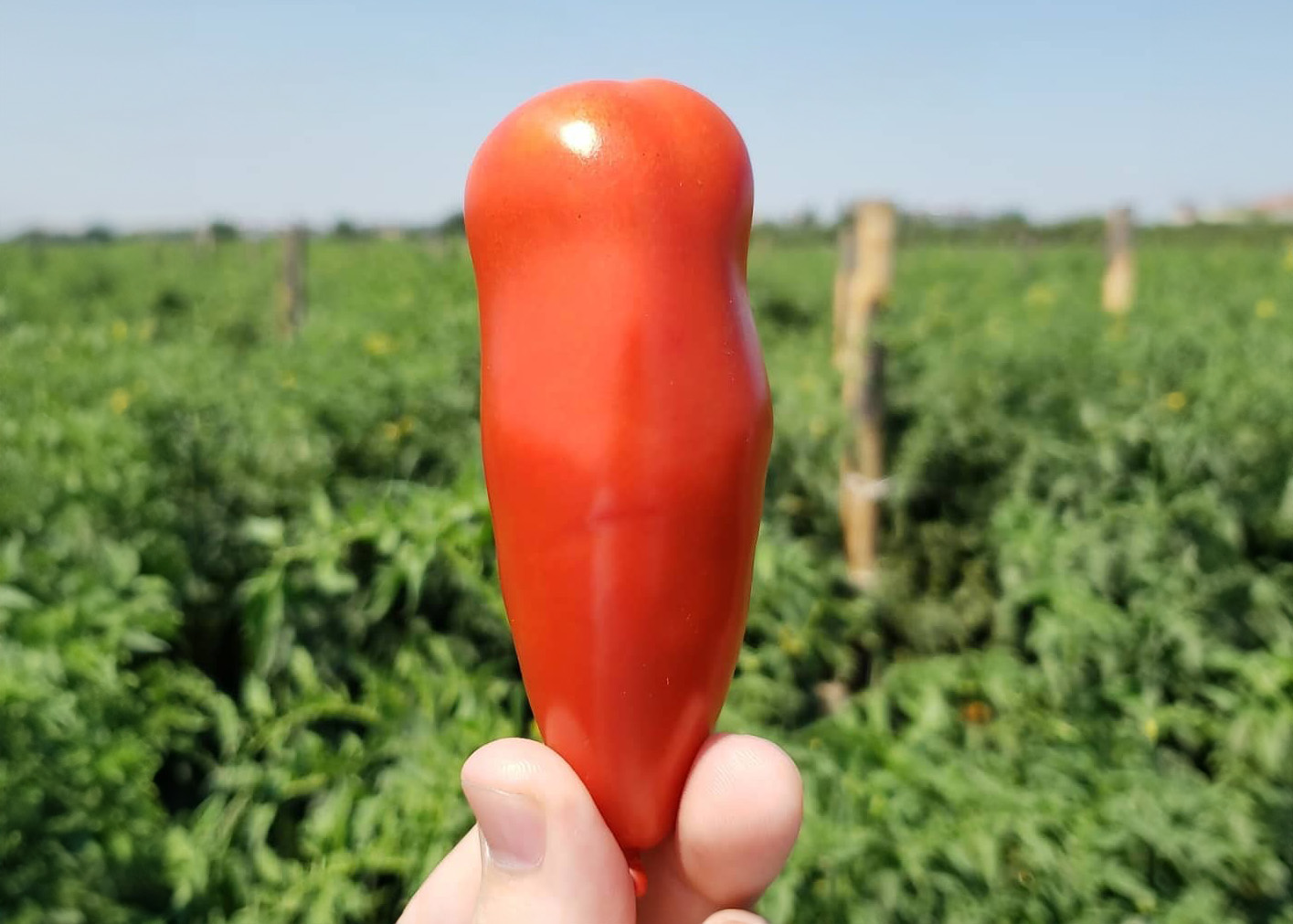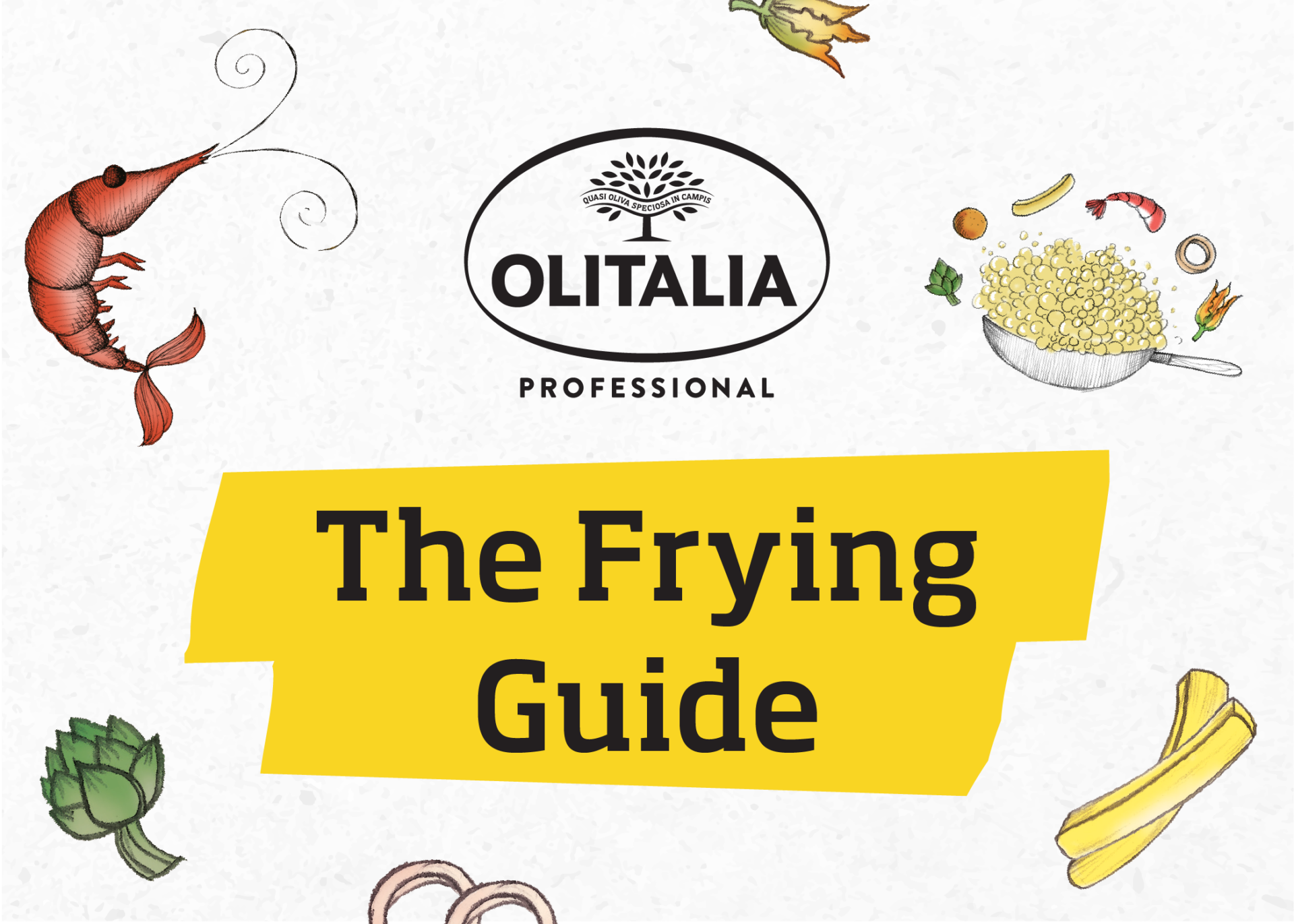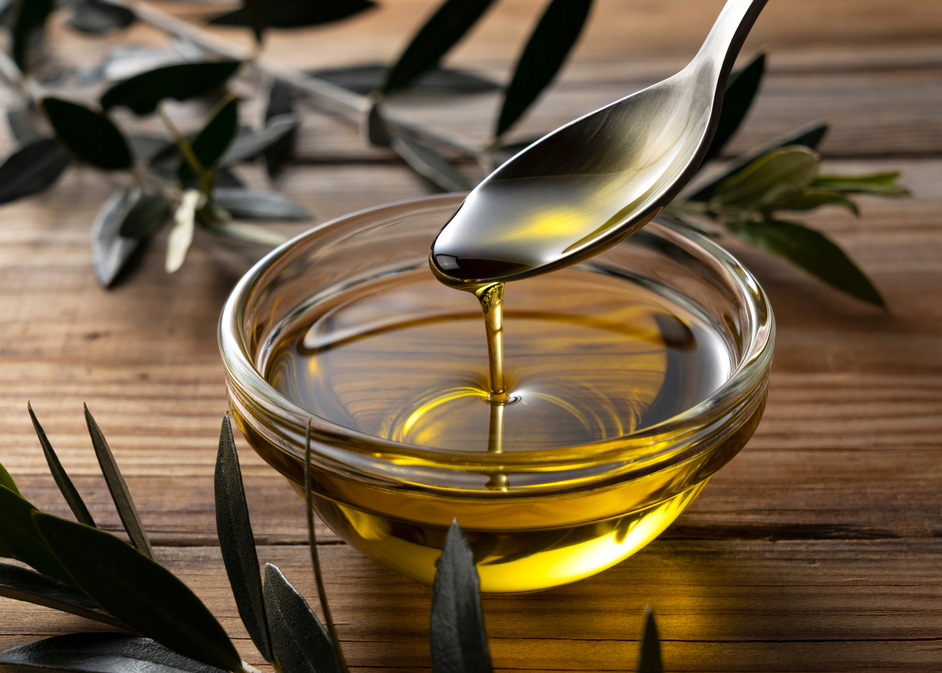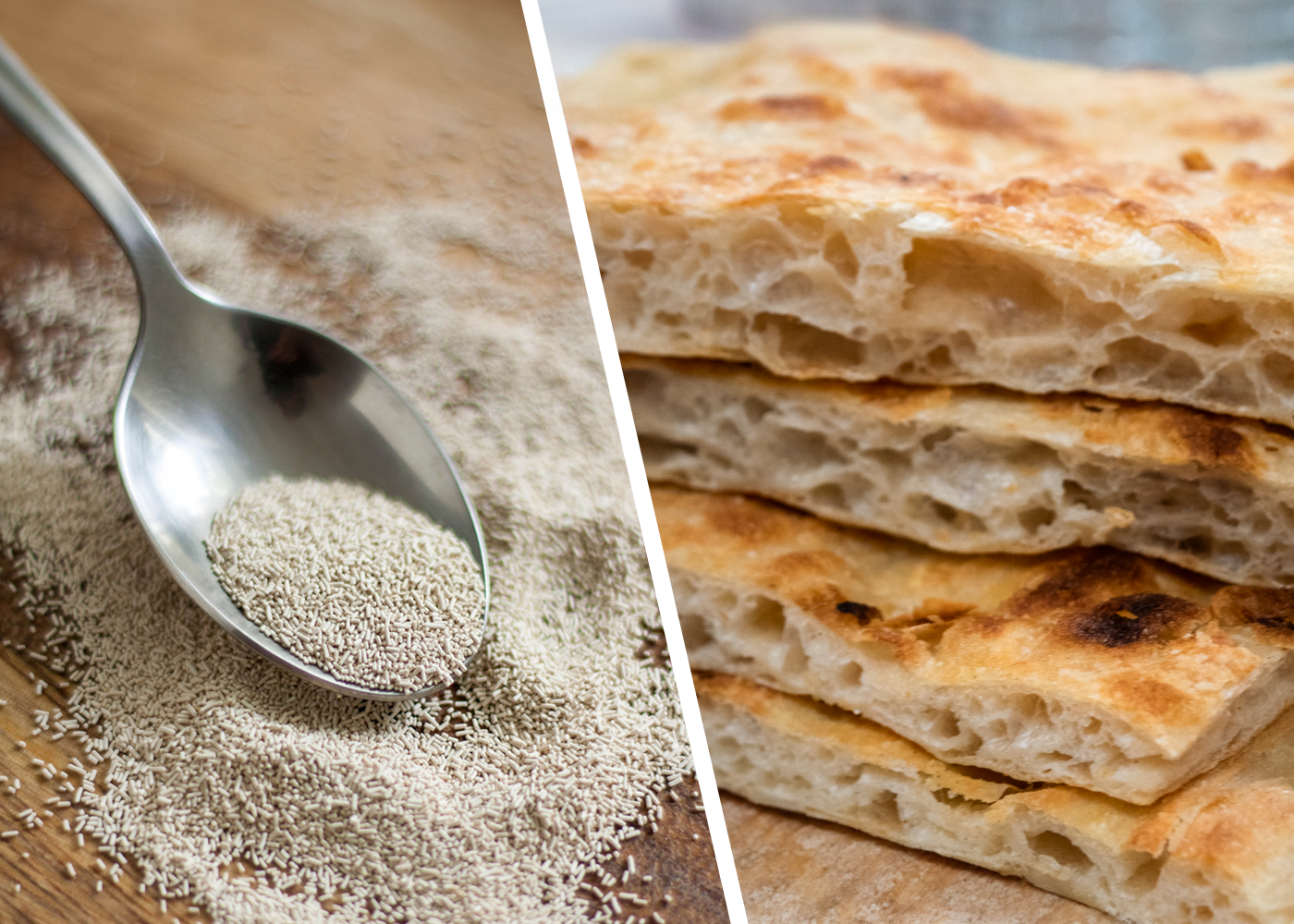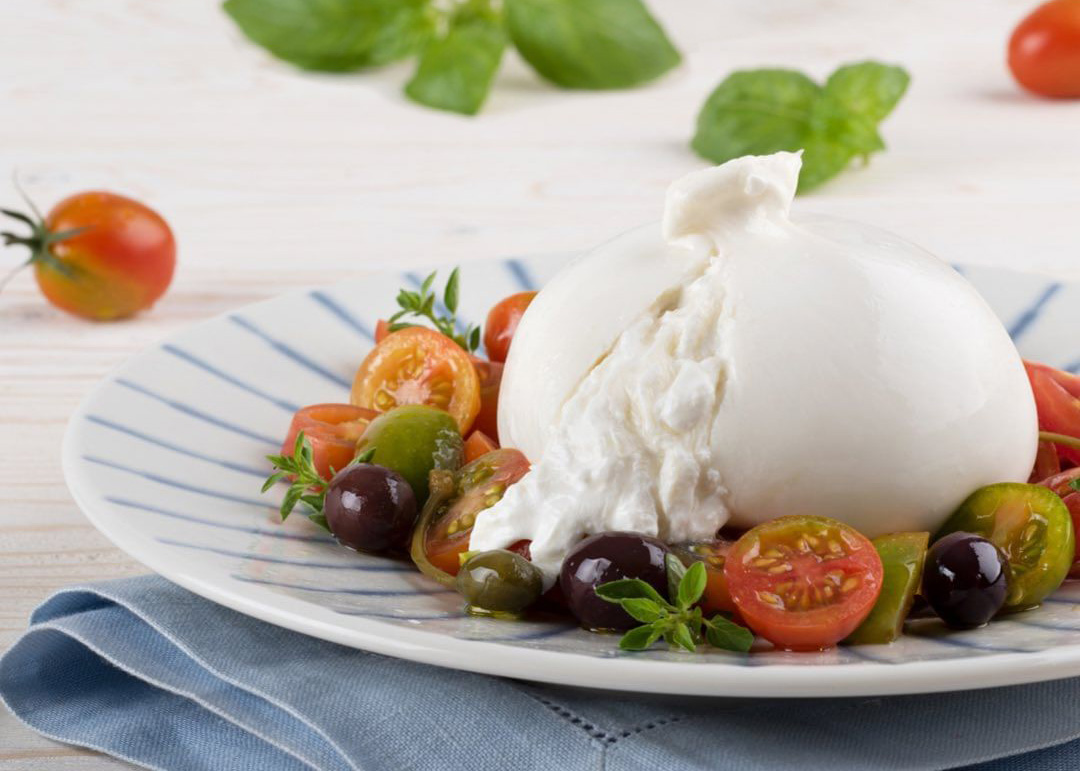Make Olive Oil Your Daily Ritual
Choosing a high-quality extra virgin olive oil like Olitalia’s can elevate your wellness routine – from better nutrition to richer flavor. Skip the supermarket guesswork and opt for purity you can taste in every pour.

Make Olive Oil Your Daily Ritual
Make Olive Oil Your Daily Ritual
5 Ways to Use Olive Oil to Enhance Your Well Being
July 2025
Somewhere in the eastern Mediterranean around 4000–4500 BCE, someone had the brilliant idea to press the small, savory fruits of the olive tree into oil. Once prized for its peppery taste, the new fruit quickly became more than just food—it transformed into medicine, ritual, and even currency. Used to anoint kings, fuel sacred lamps, and season bread, olive oil was woven into both daily life and spiritual practice.
Ancient civilizations—from the Minoans and Egyptians to the Greeks and Romans—understood its power and potential. They built diets, economies, and philosophies around this golden elixir. And while modern science now confirms what they seemed to know intuitively (olive oil supports heart health, reduces inflammation, nourishes skin and hair), it’s clear the ancients got it right the first time (Olive: A Global History).
Maybe it’s time to treat olive oil not just as an ingredient—but as a ritual again. Here are five daily acts of nourishment and intention you can add to your life with the olive oil already sitting in your pantry.
1. Cook with Intention
Olive Oil as a Culinary Necessity
When it comes to cooking with care and flavor, olive oil is more than just a pantry staple—it’s a foundational ingredient that enhances everything from sautéing to baking. Versatile and nutrient-dense, it adds richness without overpowering your dish. There’s a reason it’s at the heart of the Mediterranean diet, a lifestyle often praised for its health-boosting and heart-protective benefits.
Extra virgin olive oil (EVOO), in particular, is packed with polyphenols, antioxidants, and healthy fats. Its daily use has been associated with reduced inflammation, a lower risk of cardiovascular disease, and protection against certain types of cancer (The Mediterranean Dish). And despite some lingering myths, cooking with olive oil is not only safe—it’s recommended.
The Culinary Institute of America echoes this sentiment, encouraging chefs to embrace what they call the “olive oil kitchen”—a plant-forward, flavor-forward style of cooking that showcases olive oil as both a functional and flavorful element (CIA: Olive Oil and the Plant-Forward Kitchen). Whether you’re marinating vegetables or baking a delicious Lemon Olive Oil Cake, cooking with olive oil adds not just depth of flavor—but also intention.
2. Elevate Every Bite
Olive Oil as a Flavor Enhancer
Olive oil isn’t just for cooking in your dishes; it is also for topping them or, even easier, dipping into it! Whether you’re dipping, dressing, or drizzling, this liquid gold can elevate any dish with its bold flavor and silky texture.
The art of dipping bread in olive oil has deep roots in Mediterranean cuisine, especially in regions like Italy, Greece, and Spain. More than just a tradition, it was a ritual that brought people together (The Olive Bar). Now, tearing warm bread into it is one of the simplest, most satisfying ways you can enjoy olive oil in its purest form. When it comes to dressing salads, sometimes a splash of high-quality olive oil is all you need because the right oil can naturally tie the veggies together. A drizzle of olive oil can also do wonders over ripe tomatoes, grilled peaches, or creamy burrata when you want to add extra nutrients or flavor to your dish.
3. Stir In Something Extra
Olive Oil as a Beverage
From morning coffee to evening cocktails, olive oil isn’t just for the plate. Scroll through Instagram reels and you’ll see that it’s also making its way into drinks! More than just a trend, adding olive oil to beverages introduces a smooth, velvety texture, a dose of healthy fats, antioxidants, and a subtle richness in flavor. Here are some of our favorite ways to sip EVOO:
- Coffee with a Kick: Adding a spoonful of olive oil to your morning coffee can help slow the absorption of caffeine, potentially reducing those post-coffee jitters. The healthy fats in olive oil also promote satiety, helping you feel full longer while giving your brew a silkier mouthfeel (Texas Hill Country Olive Co.).
- Shake Up Your Smoothies: In smoothies, olive oil acts as both a flavor booster and a texture enhancer. It lends a creamy finish while delivering the benefits of heart-healthy fats and powerful antioxidants.
- Cocktails with a Twist: Looking to elevate your mixology game? Olive oil is a creative addition to savory drinks like Dirty Martinis, where its rich flavor pairs beautifully with briny ingredients. It adds a luxurious mouthfeel and depth to every sip (McEvoy Ranch).
From breakfast to happy hour to late-night shakes, olive oil proves it’s more than just a cooking staple—bringing you versatility, flavor, and wellness in every sip.
4. Sip to Support Your Gut
Olive Oil as a Digestive Ally
Lately, gut health and maintaining a diverse microbiome have been all the rave — and for good reason too. A healthy gut plays a vital role in digestion, immunity, and even mental well-being such as your serotonin production and mood.
So, what makes a microbiome “healthy”? According to the USDA, researchers look for the presence of certain bacteria known for producing beneficial byproducts like short-chain fatty acids (SCFAs), which support digestion and reduce inflammation. These acids help break down fiber, assist with weight management, and lower the risk of diseases such as diabetes and heart disease (USDA). Beyond digestion, your gut microbiome communicates directly with immune cells to regulate your body’s response to infection and inflammation. And new studies suggest a strong gut-brain connection, meaning your microbiome could influence your mood and brain health too (Healthline).
But how do we support our gut health? Start by cutting back on processed food, which is something that becomes much easier when you’re cooking at home with real ingredients like olive oil. Even simpler, EVOO has been shown to boost gut health by increasing the diversity of the gut microbiome. A study published in Food & Function found that polyphenols in EVOO are absorbed in the intestine, where they help nourish beneficial bacteria, support immune function, and reduce inflammation (Everyday Health). Another study from the National Center for Biotechnology Information suggests that EVOO’s antioxidant and anti-inflammatory compounds may help protect against colorectal cancer by supporting the integrity of the intestinal lining and promoting a shift toward more protective bacterial species (PMC).
So yes, cook with it, drizzle it on your salad, or even take a small daily shot. We won’t judge if you drink it straight and your gut will thank you.
5. Nourish Beyond the Plate
Olive Oil as a Beauty Supplement
Sometimes you don’t need to eat olive oil to feel its benefits! From head to toe, EVOO can play a significant role in your self-care routine by naturally hydrating, soothing, and strengthening both your skin and hair.
- For Skin: Olive oil has long been praised for its skincare properties—dating back to Cleopatra herself. Today, we know it’s rich in antioxidants and nourishing fats that help moisturize dry skin, calm irritation, and even reduce signs of aging. When applied to damp skin after a shower, it locks in moisture and leaves your skin feeling smooth (Cleveland Clinic). Just remember: while it’s a great nighttime moisturizer, olive oil doesn’t offer sun protection and shouldn’t be used as a substitute for SPF.
- For Hair: You’ve probably seen hair masks, conditioners, and shampoos that boast olive oil as a key ingredient—some even feature little olives on the packaging. That’s because olive oil is a natural hair moisturizer. But you don’t need fancy products to get the benefits. Straight from the bottle, olive oil can work wonders on dry, damaged, or frizzy hair. Rich in antioxidants, it helps protect follicles from stressors like inflammation and sun exposure while promoting shine and hydration. Some studies even suggest that compounds like oleuropein may support new hair growth and improve follicle strength over time (Olive Oil Professor).
- Other At-Home Uses:
- Natural makeup remover
- Gentle massage oil
- Diaper rash relief
- Exfoliating scrubs (mix with salt, sugar, or ground coffee)
- A base for homemade soaps
With many everyday uses, olive oil makes it easy to nourish your body from the outside in.
Make It a Ritual, With the Right Oil
Incorporating olive oil into your daily routine can be a simple yet effective way to enhance your overall well-being. But as with any wellness habit, quality matters.
Not all olive oils are created equal. Refined olive oils—often labeled as “pure,” “light,” or simply “olive oil”—typically come from lower-quality olives and are extracted using high-heat or chemical processes. These methods strip away the beneficial compounds that make olive oil so nutritious. Additionally, oils stored in clear glass or plastic bottles are more vulnerable to light damage, which can degrade their quality over time (Everyday Health).
So instead of walking through the aisle of your local supermarket wondering whether the bottle you just grabbed is good quality, we’re here to help. Olitalia’s Extra Virgin Olive Oil is traditional, unrefined, and bottled with care to preserve its purity, flavor, and nutrient profile—so you can feel confident in every pour, dip, and drizzle.
Burrata is Booming
Burrata is taking American menus by storm, with a 30% rise in restaurant features over the last four years. But what makes this creamy Italian cheese so special—and how can chefs plate it beautifully, pair it creatively, and source it without compromising on authenticity? In this guide, we break down how to elevate Burrata beyond the basics. Get insider sourcing details on Deliziosa Burrata, the award-winning cheese crafted in the heart of Puglia and optimized for foodservice kitchens in the US.
Caputo’s Blue Bag or Red Bag?
Caputo’s red and blue “00” flours differ in protein and purpose. Learn which is best for pizza, bread, or long fermentation baking at home or in a pizzeria.
The Tariff Breakdown: Fast and Simple
Whether you’re a chef, operator, buyer, or distributor, understanding this new landscape is the first step toward adapting wisely.
The Difference Between Buffalo and Cow’s Milk
Have you ever wondered if cows and buffalo are the same animal? If yes, you’re not alone! Many people assume they’re just different breeds of the same species, but that’s not the case.
Semola vs. Semolina
Semola vs. Semolina: What’s the Difference? Learn how this durum wheat flour varies in texture, use, and best applications in pasta, bread, and more.
How to Crush Whole Peeled Tomatoes
Ever wonder how experts achieve perfectly crushed whole peeled tomatoes? Explore three techniques to enhance consistency and success in your kitchen!
Tips for Success and a Thriving Business
The road to success in the food business is full of twists and turns. Here are some tips and tricks Expert Chef Domenico Tolomeo has gathered along the way.
A Pizzerias’ Best-Kept Secret
Have you ever wondered how top pizzerias make high-quality, affordable pizzas in minutes? The secret: frozen dough balls.
Trouble Shooting Dough
Dough challenges, consistency issues, and the toughest aspects of running a pizzeria for insights to improve your pizza business success!
The Mixer Cheat Sheet
A comprehensive guide to the most common mixers used in pizzerias, including planetary mixers, spiral mixers, and diving arm and fork mixers.
The Secret to the Perfect Slice of Pizza
Whether you’re a professional baker or a home cook, these Caputo flours will help you achieve the perfect pizza, every time.
A Day in the Life of a Torre Lupara Buffalo
At Torre Lupara, the buffalo live happily. Their daily routine emphasizes a balance between work, health, and leisure, reflecting the farm’s dedication to exceptional animal care and dairy product quality.
